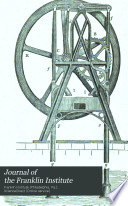 | Meteorology - 1842 - 886 pages
...the co-efficient of a term involving a letter affected with an exponent one less than in a preceding term is found by multiplying the co-efficient of the preceding term by the greater exponent. I have demonstrated the truth of these rules for the powers of any letter united... | |
 | 1842 - 934 pages
...the co-efficient of a term involving a letter affected with an exponent one less than in a preceding' term is found by multiplying the co-efficient of the preceding term by the greater exponent. I have demonstrated the truth of these rules for the powers of any letter united... | |
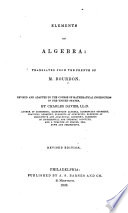 | Charles Davies - Algebra - 1842 - 368 pages
...term is formed from the co-efficient of the preceding term. The co-efficient of any term is formed by multiplying the co-efficient of the preceding term by the exponent of x in that term, and dividing the product by the number of terms which precede the required term. P(m—n+l)... | |
 | Warren Colburn - Algebra - 1844 - 280 pages
...+ 7axt+xt Examining the formation of the above coefficients, we observe, that each coefficient was found by multiplying the coefficient of the preceding' term by the exponent of the leading quantity a in that term, and dividing the product by the number which marks the place of... | |
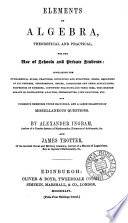 | Alexander Ingram - 1844 - 262 pages
...and —x* raised to the nth power is either + *""* or — *mn, according as n is even or odd. is got by multiplying the coefficient of the preceding term by the exponent of the leading quantity in that term, and dividing the product by the number of that term. 5. That when... | |
 | Charles Davies - Algebra - 1845 - 382 pages
...co-efficient of any term from the co-efficient of the preceding term. The co-efficient of any term is formed by multiplying the co-efficient of the preceding term by the exponent of x in that term, and dividing the product by the number of terms which precede the required term. For... | |
 | Thomas Tate (mathematical master.) - 1847 - 138 pages
...is 4, the same number as the given power. The coefficient of the third term is 6, and it is obtained by multiplying the coefficient of the preceding term by the exponent of the a, and dividing this product by 4x3 2, the number of this term ; thus — ~ — =6. The coefficient... | |
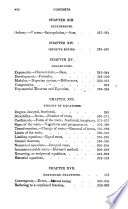 | Stephen Chase - Algebra - 1849 - 348 pages
...the second term (ie of both x and a) is n. (5.) The coefficient of any term whatever after the first is found by multiplying the coefficient of the preceding term by the exponent of the leading quantity in that term, and dividing by the number of terms preceding the required term.... | |
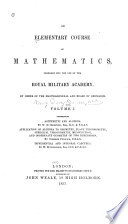 | Royal Military Academy, Woolwich - Mathematics - 1853 - 476 pages
...and the last but one are each the same as the index of the given power, and the coefficient of any term is found by multiplying the coefficient of the preceding term by the index of the power of the leading quantity in it, and dividing the product either by the number of... | |
 | Benjamin Greenleaf - 1863 - 338 pages
...the second term is the same as the exponent of the power ; and, in general, the coefficient of any term is found by multiplying the coefficient of the preceding term by the exponent of the leading letter of the same term, and dividing the product by the number which marks its place.... | |
| |